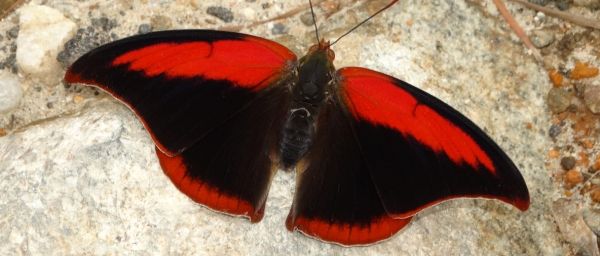Engaging civil society and policy makers is essential for the future and mutual well-being both of people and insects. In addition to mitigating climate change, an important aspect of the solution involves setting aside high-quality and manageable portions of land for conservation, and transforming global agricultural practices to promote species co-existence.
Humanity is pushing many ecosystems beyond recovery. As a consequence, unquantified and unquantifiable insect extinctions are happening every day. Two scientific papers by 30 experts from around the world discuss both the perils and ways to avoid further extinctions, intending to contribute towards a necessary change of attitude for humanity’s own sake.
“It is surprising how little we know about biodiversity at a global level, when only about 10 to 20 per cent of insect and other invertebrate species have been described and named. And of those with a name, we know little more than a brief morphological description, maybe a part of the genetic code and a single site where it was seen some time ago,” says Pedro Cardoso, from the Finnish Museum of Natural History Luomus, University of Helsinki, Finland.
Read more at University Of Helsinki
Image: Polygrapha suprema (Schaus, 1920), a rare and endangered butterfly exclusive to the high mountains of Atlantic Forest (Brazil). Threatened by habitat loss. CREDIT: Augusto Rosa


